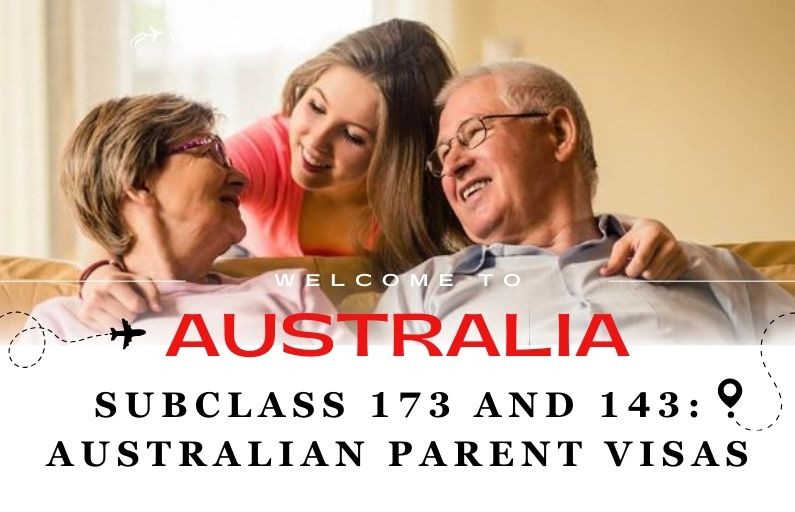Do you have aspirations of seeing your kids again in Australia? Perhaps the land of endless sunshine, breathtaking beaches, and a lively ethnic community is appealing to you. Thankfully, parent visas are available in Australia to make this dream possible. The Contributory Parent visas (Subclass 173 & 143) are examined in detail in this blog, along with the advantages they provide, eligibility conditions, and application procedures.
Who Is Eligible?
The status of your children and your circumstances are the main factors determining your eligibility for these visas. For you to qualify, you need to have:
- A Child who qualifies: Your kid must be a citizen of Australia, a lawful permanent resident, or a qualified citizen of New Zealand.
- Sponsorship financially: Your kid must be willing and able to support your immigration application financially. This is proving you have enough money to sustain yourself when you get there.
- Health requirements: To make sure you fulfill Australia’s health standards, you will need to go through a health check.
- Character requirements: You have to have no criminal history.
Subclass 173: The Stepping Stone
A two-year temporary visa is known as the Contributory Parent (Temporary) visa (Subclass 173). With the Contributory Parent (Permanent) visa (Subclass 143), it provides a route to permanent residence. What to anticipate from Subclass 173 is as follows:
Benefits: During your two years in Australia, you may work and study, enroll in Medicare, the country’s public healthcare system, and apply for a permanent visa (Subclass 143) during that time.
Subclass 143: For a Permanent Life Down Under
Permanent residence in Australia is granted to holders of the Contributory Parent (Permanent) visa (Subclass 143). There are many benefits to this visa:
- Benefits: Travel freely to and from Australia for five years from the award date (conditions apply), live, work, and study in Australia forever, and make use of Medicare’s full benefits.
- Route to Citizenship: You may apply to become an Australian citizen after fulfilling the residence criteria.
The Procedure for Applications
There are many steps involved in applying for each visa. Here’s a condensed summary:
- Expression of Interest (EOI): To express your desire to apply, you or your sponsored kid must submit an EOI.
- Invitation to Apply: You will get an invitation to apply for the selected visa subclass if your EOI is accepted.
- Application for Visa: This entails sending a thorough application together with all necessary supporting papers.
- Processing and Evaluation: Your application will be evaluated by the Department of Home Affairs about the visa requirements.
Taking Prices Into Account
Be advised that obtaining these visas requires a substantial financial investment. These include fees associated with applying for a visa, medical examinations, and even hiring a lawyer or migration agency.
Subclass 173 vs Subclass 143: Selecting the Appropriate Route
There is a way to reconnect with your kids in Australia with both visas. Which one is best for you, however, will depend on your unique situation. This summary will assist you in making a decision:
- Choose Subclass 173 if you would rather work in phases, want to spread out the expense of applying for a visa, and are willing to wait for permanent residence.
- If you satisfy the age criteria, prioritize gaining permanent residence as soon as feasible, and have the financial means to afford the upfront charges, you may choose to consider Subclass 143.
Living up to the Dream of Australia
Reuniting with your kids and living in Australia may be a very fulfilling experience. It’s important to have a clear grasp of the Contributory Parent visas (Subclass 173 & 143) so that you can decide whether to pursue this exciting new phase. Recall that speaking with a migration specialist may greatly raise your chances of success.

